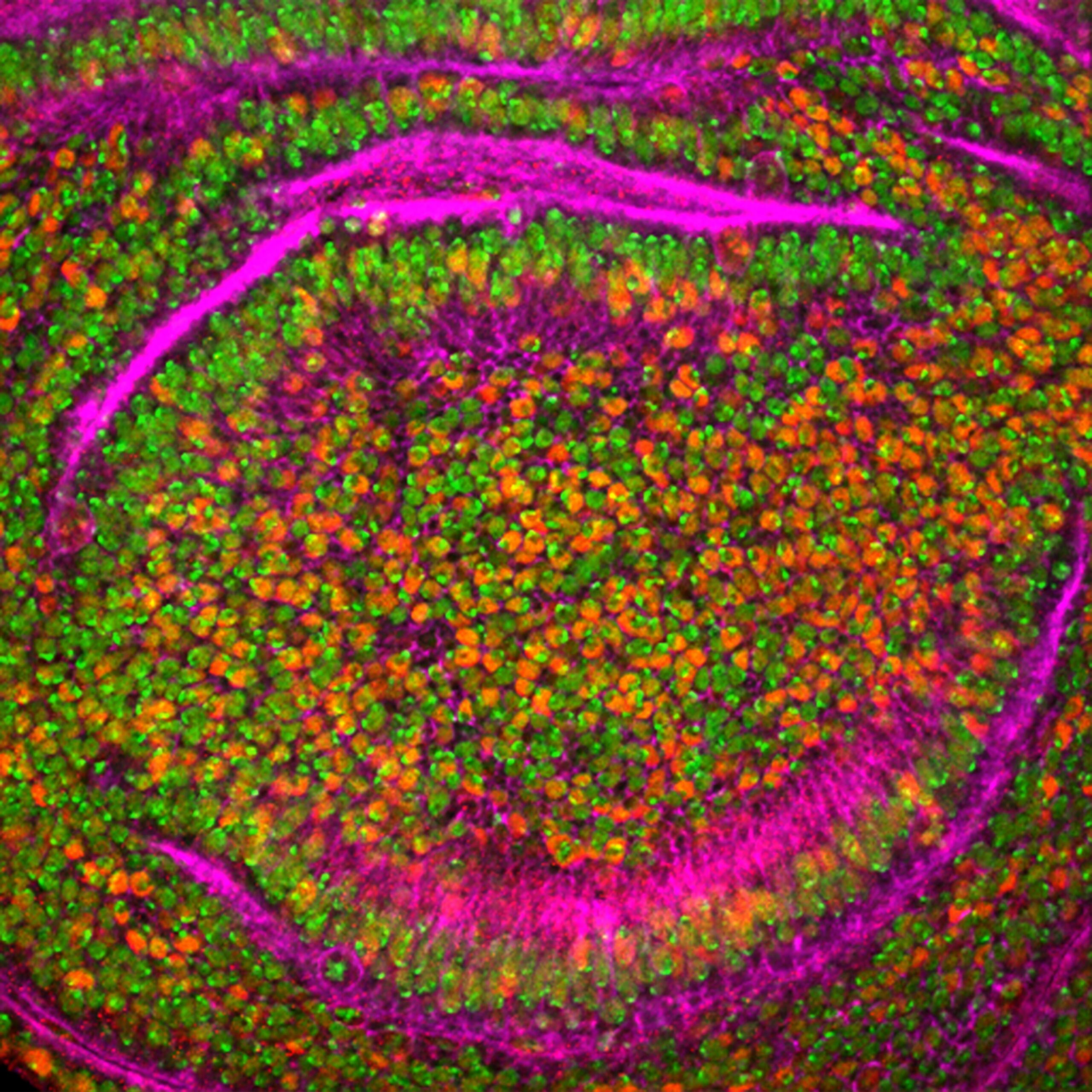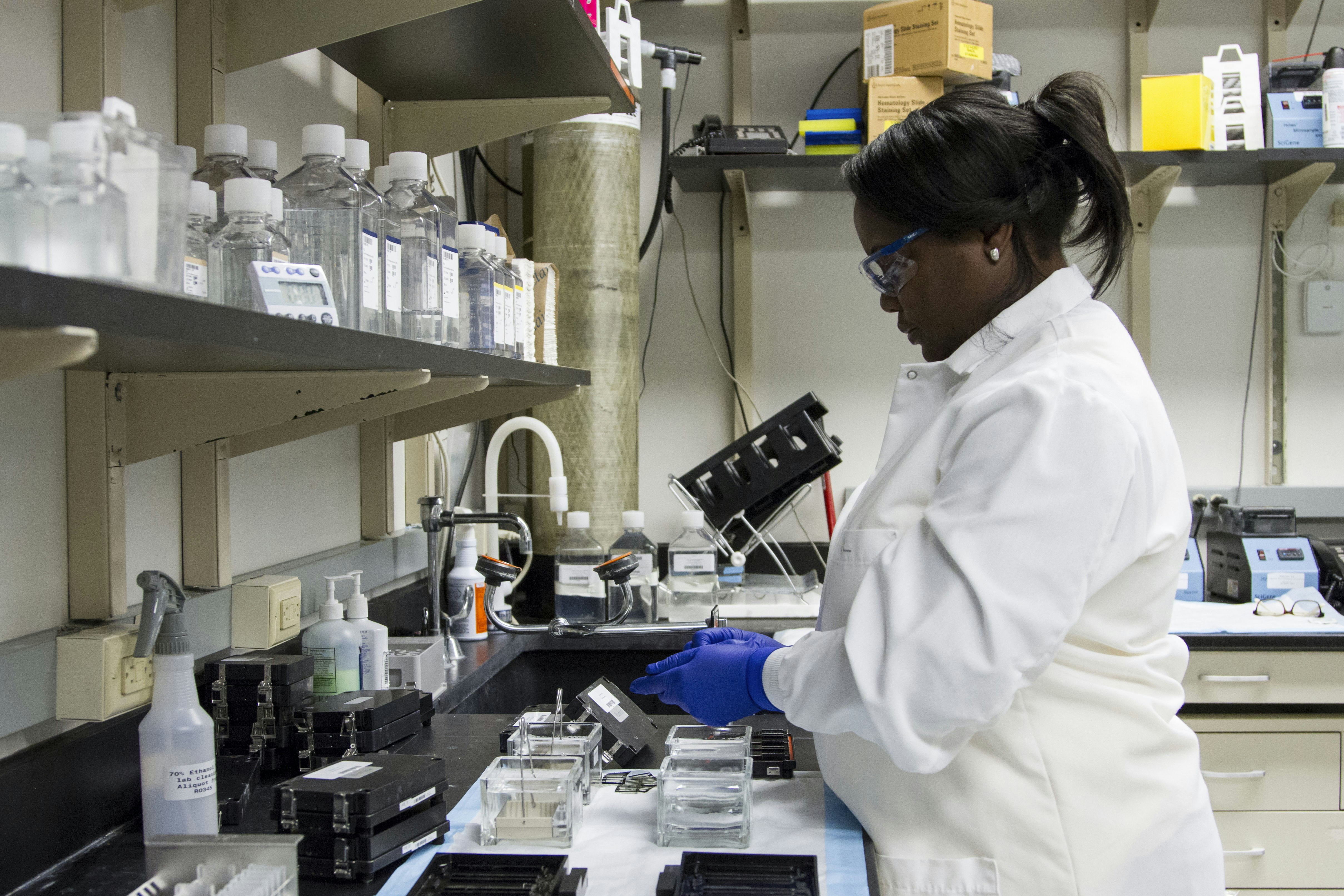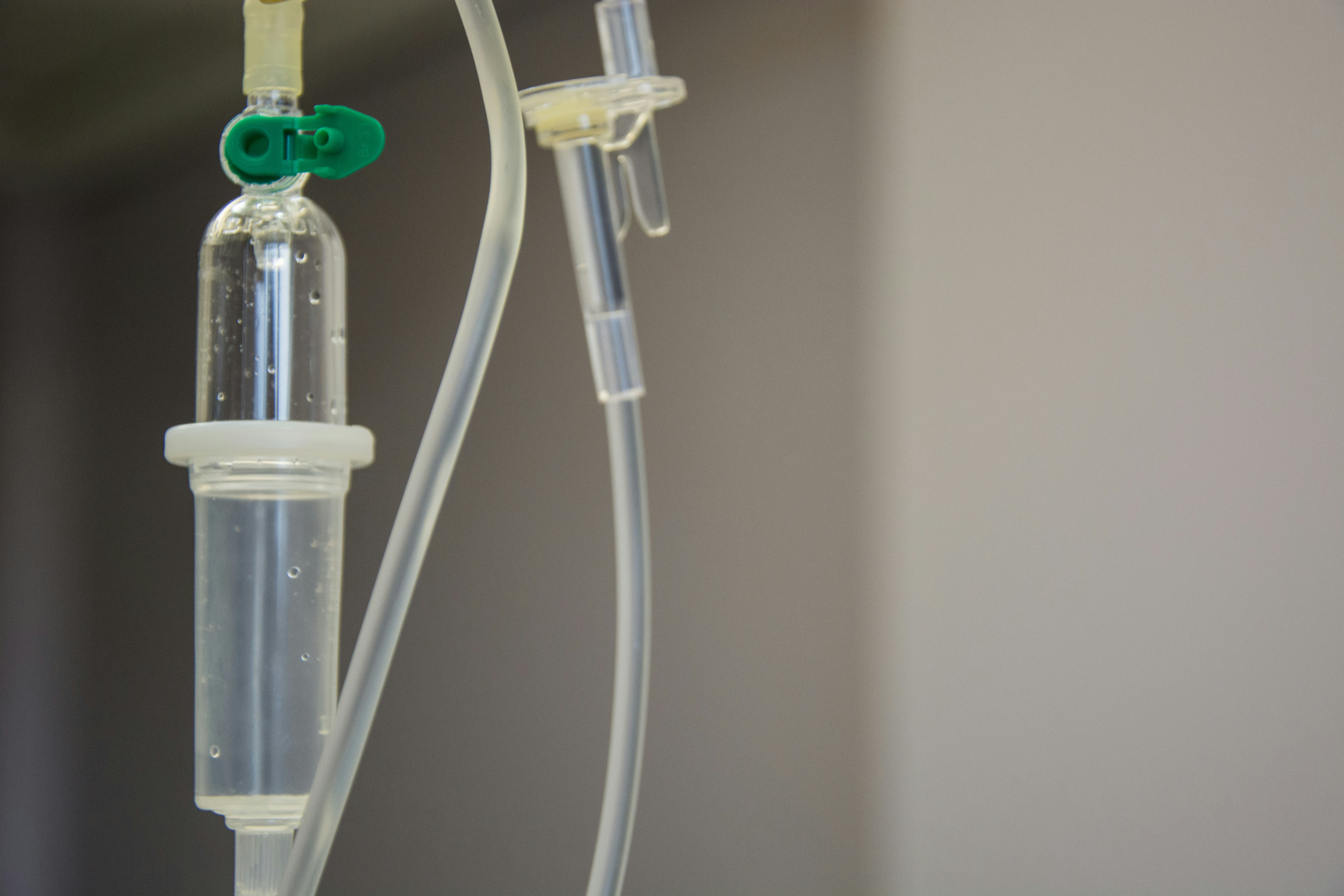Having a swollen prostate can be a discomforting and bothersome condition for many men. It can cause a range of symptoms, from frequent urination to difficulty in emptying the bladder completely. But worry not, as there are several treatment options available to alleviate the symptoms and improve your quality of life. From medications that aim to reduce the inflammation and shrink the prostate, to minimally invasive procedures that can provide relief, this article will explore the various options available to help you find the best treatment for your swollen prostate.
Understanding A Swollen Prostate
Definition of a swollen prostate
A swollen prostate, also known as benign prostatic hyperplasia (BPH), refers to the enlargement of the prostate gland. The prostate gland, located below the bladder and surrounding the urethra, is a part of the male reproductive system. As men age, it is common for the prostate gland to grow, and this growth can cause it to press against the urethra, leading to various symptoms.
Causes of prostate swelling
The exact cause of prostate swelling is unknown. However, hormonal changes and aging are believed to play a significant role in the development of BPH. As men age, the balance of hormones in the body changes, leading to an increase in the production of dihydrotestosterone (DHT). Elevated levels of DHT can cause the prostate to grow, resulting in swelling and compression of the urethra.
Signs and symptoms
A swollen prostate can cause a range of bothersome symptoms that can significantly impact a man's quality of life. Some common signs and symptoms include frequent urination, especially at night (nocturia), weak urine flow, difficulty starting urination, dribbling at the end of urination, the sensation of incomplete bladder emptying, and urgency to urinate.
How a swollen prostate affects your health
While a swollen prostate is not usually life-threatening, it can significantly impact your overall health and well-being. The symptoms of BPH can lead to disrupted sleep patterns due to frequent nighttime urination, which can cause fatigue and decreased productivity during the day. Additionally, the increased strain on the bladder can lead to urinary tract infections (UTIs) and bladder stones if left untreated. It is, therefore, important to address a swollen prostate to prevent complications and maintain optimal health.
Diagnostic Tests for A Swollen Prostate
Physical examination
During a physical examination, your doctor will perform a digital rectal exam (DRE) to assess the size and condition of your prostate gland. By inserting a gloved finger into the rectum, the doctor can feel the back part of the prostate and check for any abnormalities or enlargement.
Blood tests
Blood tests, such as a prostate-specific antigen (PSA) test, are commonly used to detect abnormalities in the prostate. Elevated levels of PSA can indicate the presence of prostate-related issues, including BPH or prostate cancer. However, it is important to note that an elevated PSA level does not necessarily mean cancer and further tests may be required for accurate diagnosis.
Imaging tests
Imaging tests, such as ultrasound or magnetic resonance imaging (MRI), may be used to visualize the size, shape, and condition of the prostate. These tests can help identify any irregularities or tumors that may contribute to prostate swelling.
Biopsy
In certain cases, a biopsy may be necessary to determine whether the swelling is due to prostate cancer. During a biopsy, a small sample of prostate tissue is taken and examined under a microscope. This procedure can help confirm or rule out the presence of cancer cells in the prostate gland.
Lifestyle Changes for Managing Swollen Prostate
Dietary adjustments
Making dietary adjustments can help alleviate symptoms associated with a swollen prostate. It is recommended to limit the intake of caffeine and alcohol, as these substances can irritate the bladder and worsen urinary symptoms. Increasing the consumption of fruits, vegetables, and high-fiber foods can also promote bladder and prostate health.
Physical activity and exercise
Regular physical activity and exercise can help improve urinary symptoms and overall prostate health. Engaging in activities such as brisk walking, cycling, or swimming can improve blood flow to the prostate gland and reduce symptoms of BPH.
Limiting fluid intake before bed
To minimize the frequency of nighttime urination, it is advisable to limit fluid intake a few hours before bedtime. This can help reduce the need to wake up and urinate during the night, leading to better sleep quality.
Bladder training
Bladder training involves gradually increasing the time intervals between urination, with the goal of stretching the bladder and increasing its capacity. This technique can be beneficial for relieving symptoms of BPH and reducing the urgency to urinate.
Medication Treatment Options
Alpha blockers
Alpha blockers are a type of medication commonly prescribed to relax the muscles of the prostate and bladder neck. By doing so, alpha blockers improve urine flow and reduce symptoms such as frequent urination and incomplete bladder emptying.
5-Alpha reductase inhibitors
5-alpha reductase inhibitors work by blocking the conversion of testosterone to DHT, a hormone that stimulates prostate growth. By reducing DHT levels, these drugs can help shrink the prostate gland and alleviate symptoms of BPH.
Combination drug therapy
In some cases, a combination of alpha blockers and 5-alpha reductase inhibitors may be prescribed for more significant symptom relief. This combination therapy can target different aspects of prostate swelling and provide a more comprehensive treatment approach.
Side effects of medication
While medication can be effective in managing a swollen prostate, it is important to be aware of potential side effects. Common side effects of alpha blockers and 5-alpha reductase inhibitors can include dizziness, decreased libido, erectile dysfunction, and retrograde ejaculation. It is essential to discuss these potential side effects with your doctor and weigh the benefits against the risks.
Minimally Invasive Procedures
Transurethral microwave thermotherapy (TUMT)
TUMT is a minimally invasive procedure that uses microwave heat to destroy excess prostate tissue. During the procedure, a probe is inserted into the urethra, and heat is delivered to the prostate, causing the overgrown tissue to shrink. TUMT is usually performed on an outpatient basis and can provide relief from urinary symptoms associated with a swollen prostate.
Prostate Lift (UroLift)
The UroLift system is a minimally invasive procedure that involves inserting small implants into the prostate to lift and hold the enlarged tissue away from the urethra. This helps to alleviate urinary symptoms without cutting or removing any prostate tissue. The UroLift procedure is typically performed under local anesthesia and has a relatively quick recovery time.
Transurethral needle ablation (TUNA)
TUNA is a procedure that utilizes radiofrequency energy to heat and destroy excess prostate tissue. During the procedure, small needles are inserted into the prostate, and radiofrequency energy is applied to heat and destroy the tissue causing the obstruction. TUNA can be performed in an outpatient setting and provides significant symptom relief for many individuals.
Water-induced Thermotherapy
Water-induced thermotherapy, also known as the Prostiva RF therapy, uses radiofrequency energy to heat and destroy prostate tissue. During the procedure, a small catheter is inserted into the urethra, and heated water circulates through the catheter to deliver controlled heat to the prostate gland. This therapy has been shown to effectively reduce urinary symptoms associated with BPH.
High-Intensity Focused Ultrasound (HIFU)
HIFU is a non-invasive procedure that uses focused ultrasound waves to heat and destroy prostate tissue. With the guidance of ultrasound imaging, the doctor directs the energy to precisely target and ablate the excess prostate tissue. HIFU is an outpatient procedure and has shown promising results in reducing urinary symptoms caused by BPH.
Surgical Treatment Options
Transurethral resection of the prostate (TURP)
TURP is the most common surgical procedure for treating a swollen prostate. During this procedure, an instrument called a resectoscope is inserted into the urethra, and excess prostate tissue is removed. TURP provides effective relief from symptoms, but it requires general anesthesia and a hospital stay.
Prostatectomy
Prostatectomy involves the complete removal of the prostate gland. This major surgical procedure is usually reserved for severe cases of BPH or prostate cancer. Prostatectomy can be performed through traditional open surgery or using minimally invasive techniques such as robotic-assisted laparoscopic surgery.
Laser surgery
Laser surgery is an alternative to traditional surgical procedures for treating a swollen prostate. Various types of laser surgery, such as holmium laser enucleation of the prostate (HoLEP) or photoselective vaporization of the prostate (PVP), can effectively remove excess prostate tissue and relieve symptoms. Laser surgery is typically associated with less bleeding and a faster recovery time compared to traditional surgery.
Risks and benefits of surgery
Although surgical treatment options can provide significant relief from symptoms, it is important to consider the potential risks and benefits. Risks associated with surgery include bleeding, infection, urinary incontinence, erectile dysfunction, and retrograde ejaculation. These risks should be carefully weighed against the potential benefits of symptom improvement and improved quality of life.
Alternatives Therapies
Herbal remedies
Some individuals may opt for herbal remedies to manage symptoms associated with a swollen prostate. Saw palmetto, beta-sitosterol, and pygeum are among the herbal supplements commonly used. While these remedies may provide mild symptom relief for some individuals, more research is needed to understand their effectiveness and potential side effects.
Acupuncture
Acupuncture, an alternative therapy originating from traditional Chinese medicine, involves the insertion of thin needles into specific points on the body. Some men may find acupuncture helpful in reducing urinary symptoms and improving overall prostate health. However, the scientific evidence supporting its efficacy is limited, and it is important to consult with a qualified acupuncturist.
Biofeedback
Biofeedback is a technique that allows individuals to gain voluntary control over physiological processes such as muscle relaxation and urinary function. By using electronic devices to provide feedback on muscle activity, individuals can learn to control muscle contractions and potentially improve urinary symptoms.
Heat Therapy
Applying heat to the lower abdomen or perineum, such as using a warm compress or sitting in a warm bath, can help relax the muscles surrounding the prostate and relieve symptoms temporarily. Heat therapy may provide some relief for individuals with a swollen prostate, but its effects are often short-term.
Benefits and Risks of Various Treatment Options
Weighing up lifestyle changes
Making lifestyle changes, such as dietary adjustments and increasing physical activity, can provide significant benefits in managing a swollen prostate. These changes can improve urinary symptoms, promote overall prostate health, and have positive effects on your overall well-being. The risks associated with lifestyle changes are generally minimal, making them a recommended first step in managing a swollen prostate.
Understanding medication risks and benefits
Medication treatment options, such as alpha blockers and 5-alpha reductase inhibitors, can effectively alleviate symptoms of BPH. However, it is important to consider the potential side effects of these medications, such as dizziness, decreased libido, and erectile dysfunction. Consulting with your doctor and discussing the risks and benefits can help you make an informed decision about medication treatment.
Risk-benefit balance in minimally invasive procedures
Minimally invasive procedures, such as TUMT, UroLift, TUNA, water-induced thermotherapy, and HIFU, offer the benefits of symptom relief without requiring major surgery. These procedures have shown to be effective in reducing urinary symptoms associated with BPH. However, it is important to consider the risks associated with these procedures, such as temporary discomfort or potential complications. Discussing these aspects with your doctor can help you determine whether these procedures are appropriate for you.
Considering surgical pros and cons
Surgical treatment options, such as TURP, prostatectomy, and laser surgery, provide long-term symptom relief for a swollen prostate. These procedures, however, carry the risks of bleeding, infection, and potential side effects such as urinary incontinence or erectile dysfunction. It is crucial to carefully weigh the potential benefits of surgical treatment against these risks and consider individual circumstances and preferences before making a decision.

Preventive Measures for Prostate Swelling
Regular check-ups
Regular check-ups with your healthcare provider can help monitor your prostate health and identify any early signs of swelling or other prostate-related issues. Proactive monitoring and early detection can facilitate timely intervention and reduce the risk of complications.
Maintaining a healthy weight
Maintaining a healthy weight through a balanced diet and regular exercise can help reduce the risk of prostate swelling. Obesity has been linked to an increased risk of BPH, so adopting a healthy lifestyle can promote prostate health and overall well-being.
Avoiding bladder irritants
Certain substances can irritate the bladder and worsen symptoms of a swollen prostate. It is advisable to avoid or minimize the consumption of caffeine, alcohol, spicy foods, and artificial sweeteners, as they can potentially exacerbate urinary symptoms.
Practicing safe sex
Sexual activity, especially ejaculation, can temporarily affect urinary symptoms in individuals with a swollen prostate. Practicing safe sex and discussing any concerns with your partner or healthcare provider can help manage and alleviate potential discomfort following sexual activity.
Living with A Swollen Prostate
Dealing with potential sexual dysfunction
A swollen prostate and its treatment options can potentially impact sexual function. It is important to openly discuss any concerns or issues related to sexual health with your healthcare provider. They can offer guidance, recommend appropriate interventions, or refer you to specialists who can provide support and guidance for managing sexual dysfunction.
Managing with incontinence
Incontinence, or the involuntary leakage of urine, can be a potential side effect of certain treatments for a swollen prostate. Strategies such as pelvic floor muscle exercises, bladder training, and the use of absorbent products can help manage incontinence and improve quality of life.
Coping mechanisms for emotional health
Dealing with a swollen prostate and its associated symptoms can be emotionally challenging. It is important to seek support from loved ones, engage in activities that bring joy and relaxation, and consider seeking professional help if needed. Managing the emotional impact of a swollen prostate is crucial for maintaining overall well-being.
Support groups and communities
Joining support groups or online communities can provide valuable support and resources for individuals living with a swollen prostate. These platforms offer opportunities to connect with others facing similar challenges, share experiences, and gain insights into managing symptoms and improving quality of life.
In conclusion, understanding a swollen prostate is key to effectively managing this common condition. Various treatment options, including lifestyle changes, medications, minimally invasive procedures, surgical interventions, and alternative therapies, offer a range of choices for individuals seeking relief from symptoms. By adopting preventive measures, maintaining regular check-ups, and seeking support, it is possible to live well with a swollen prostate and maintain optimal health and well-being.





